So after I had a fun day out in Xingping I decided to go back there the next day and see how far I could get along the river. If you look around on the internet there’s various references to a classic hike from there to another village called Yangdi along the most scenic section of the river but they also say it’s now “impossible” or “unsafe”. This is nonsense, as it’s totally doable as of March 2017 although requiring a bit of luck and a small amount of adventurousness. I’ve tried to write some instructions below in case anyone else wants to try it. It’s by far the best hiking I’ve done in Asia, and unlike all the tourists packed onto the boats, you’ll have time to appreciate the scenery.
It’s probably useful to be able speak some Mandarin as you’ll need to get someone to help you across the river at one point. Or you could just try gesturing wildly.
The first part is really easy. Just head out of town past the “20元 note scene” and follow the road until it starts to curve away from the river. Then you can drop down onto the beach and there’s a well maintained path following the shoreline.
Follow the path for about three miles and you’ll come to a scenic spot called “nine horse fresco hill”. On the other side of the river is a small village and a ferry to take you across. Just get on and pay the guy 10元.
In the village there are some stalls where you can buy fruit but not much else. Just follow the road through and out the other side where you’ll see a large grassy area by the river down below. Scramble down some rocks and the path should be fairly obvious (it’s where those people are walking below).
Follow the path along the river for another two miles or so until you hit a dead end and you’ll need to double back a little way and take a more inland route (check my map above). This bit has the best scenery, I stopped every 30 seconds to take a photo.
On the stone is the local tourism slogan 桂林山水甲天下 “Guilin’s scenery is first under heaven”. It was around this point I made friends with a very friendly old lady who apparently walked this way every day to sell oranges. Not a bad job eh. It was her 70-something birthday.
She insisted on accompanying me for the next mile or so to the village where she lived which turned out to be really useful as the reason for the internet saying the route was impassable soon became clear: you need need to cross the river again at this point but the only official ferry sank a few years back, it’s remains were rotting on the riverbank. After I told her where I was going the orange selling lady introduced me to her friend, an old guy with the sketchiest looking raft ever. He took me to the other side for a small fee.
I rather suspect this a profitable business for him since the ferry sank, as he seems to just hang out by the old ferry landing. You can probably haggle a bit on the price.
The path on this side is a bit overgrown but should be easy enough to find. Follow it for a while and you’ll come to a small tranquil village with some very elegant lanes. This isn’t Yangdi though so just walk out the other side of the village and take the path over the rope bridge (I asked for directions at this point).
Pass these small farms and you’ll eventually come to another operational ferry. Ride that back to the other side and you’ll reach the destination. The bus back to Yangshuo takes an hour or so and is quite scenic itself. Epic day out!
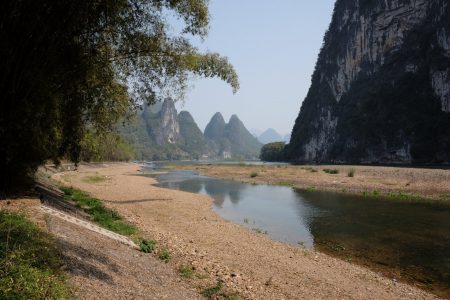
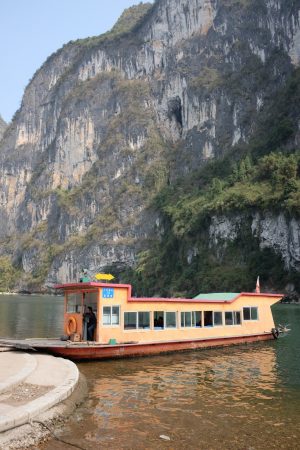
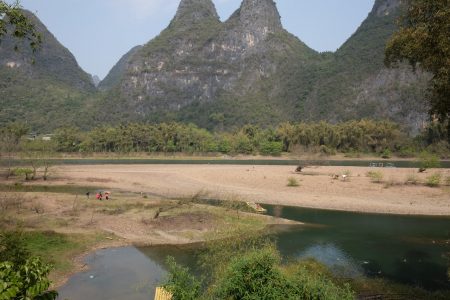
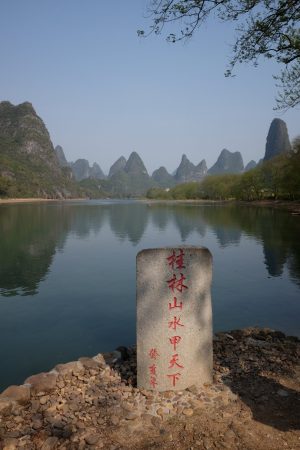
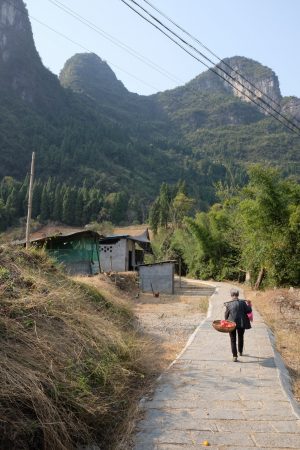
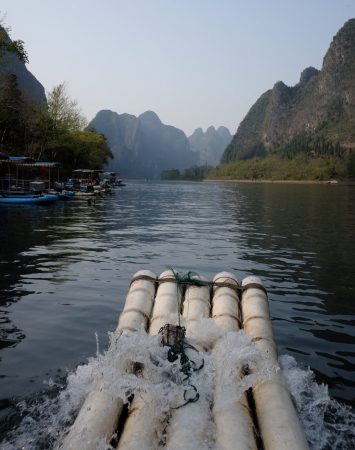
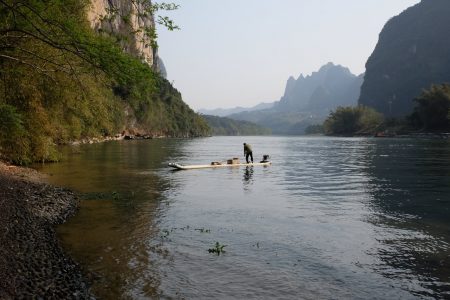
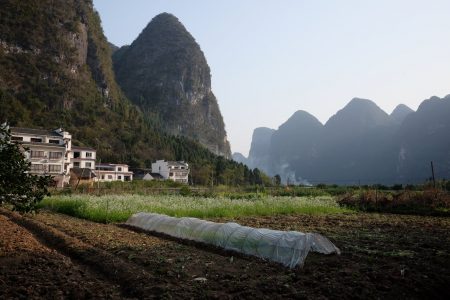
































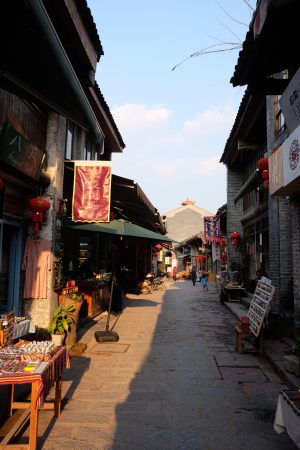
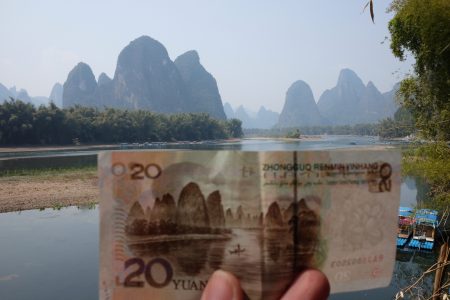
































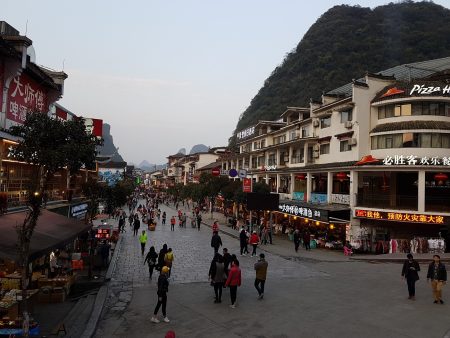
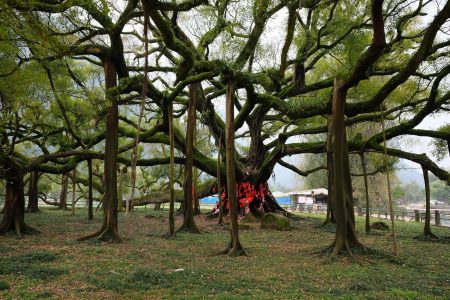
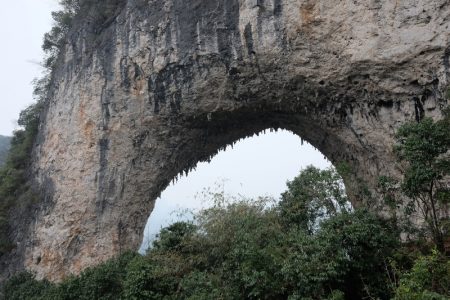



























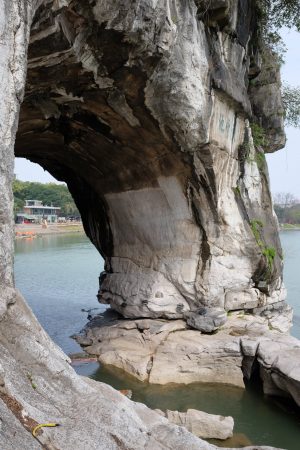
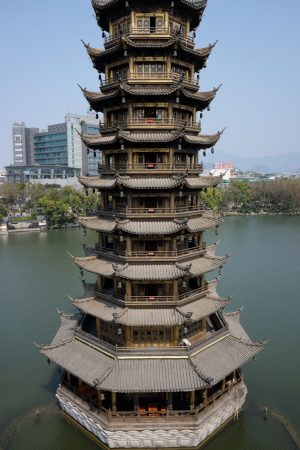
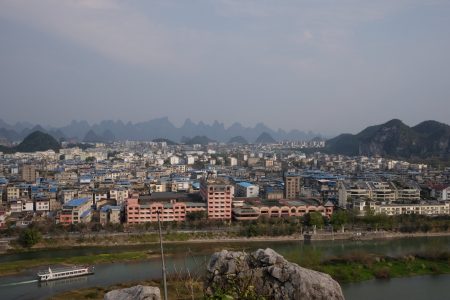
































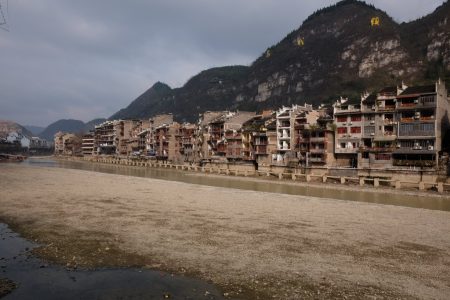
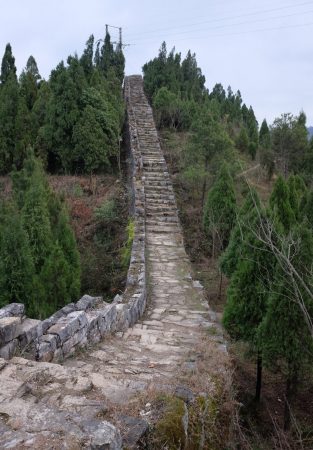

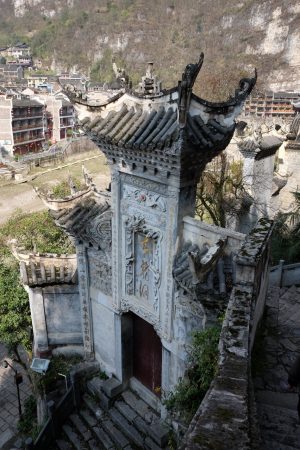
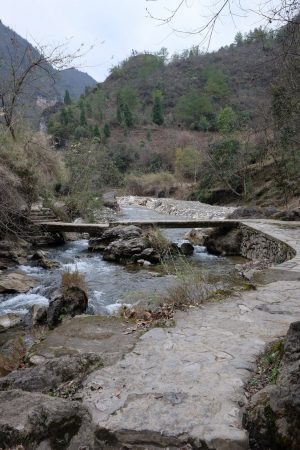
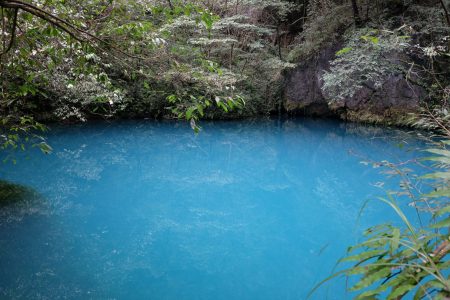
































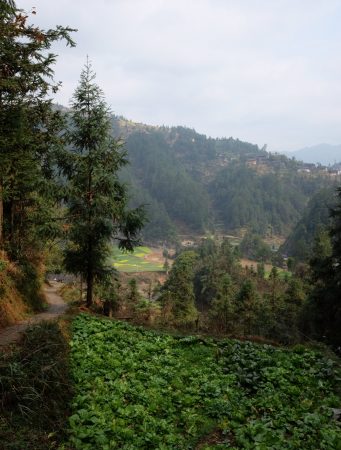
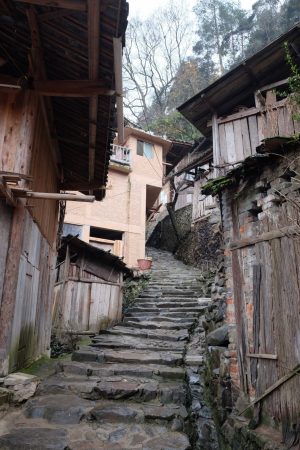
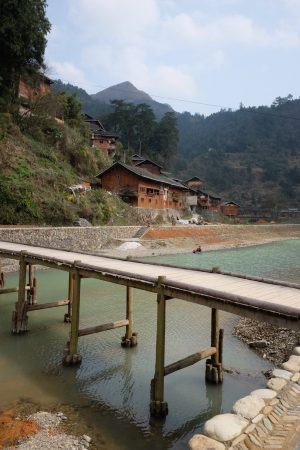
































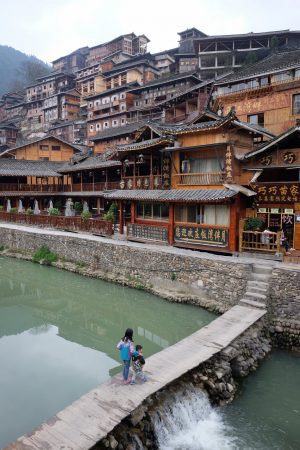
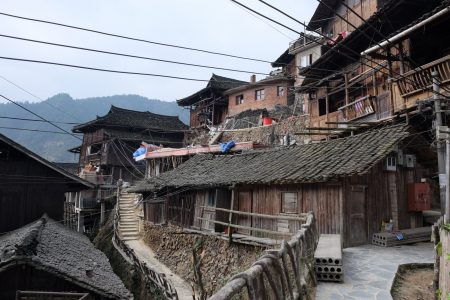
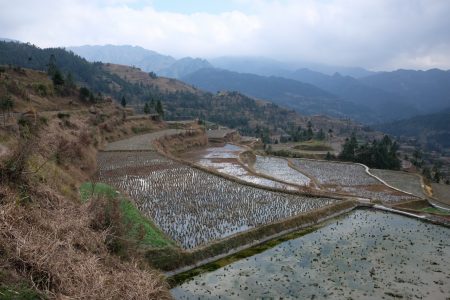
































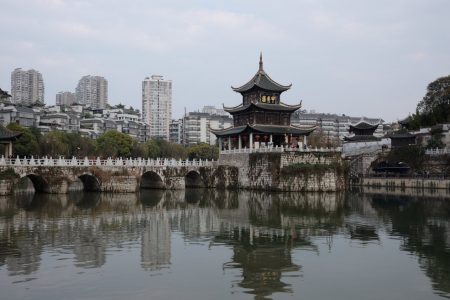
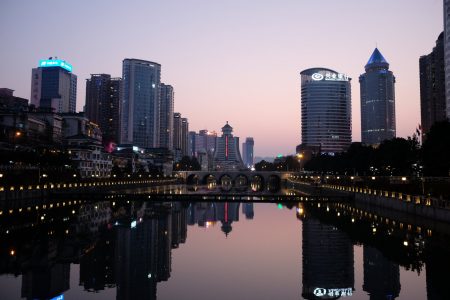
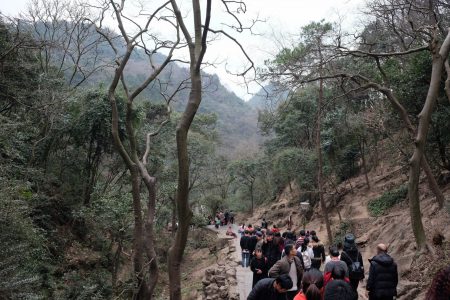
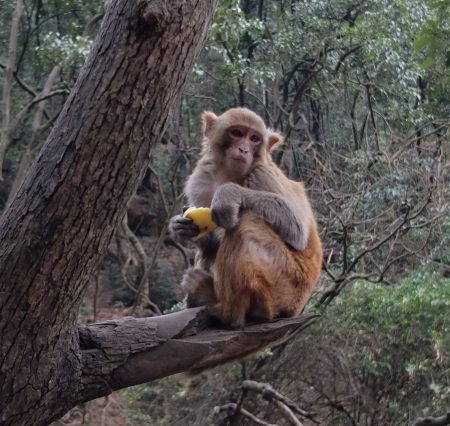
































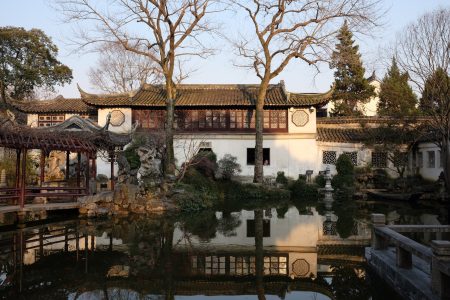
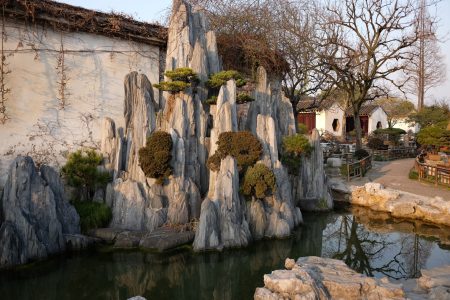
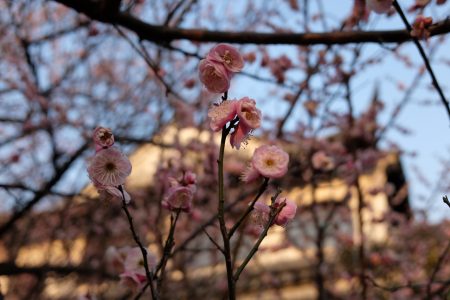




 Posts
Posts